Pressure Vessels for Gas Storage
The purpose of a pressure vessel is to store gases or liquids at a pressure that is significantly higher than the surrounding environment. The design and materials of a pressure vessel are chosen based on its purpose, taking into account things like the size of the vessel, what’s inside it, the working pressure, and how much it can hold. Depending on the substance’s physical properties, the contents of the vessel could be a compressed gas, a vapor over a liquid, a supercritical fluid, or something that is dissolved in a material.
Pressure Vessels by Shape
1) Categories of Pressure Vessels for Gas Storage by Shape:
Gas storage vessels are classified according to their shape, which plays a critical role in their design to withstand internal pressures. The main categories are:
a) Cylindrical Pressure Vessels
Shape: Elongated, cylindrical design.
Applications: Commonly used for storing gases under high pressure in industrial and commercial environments. These vessels can be positioned either horizontally or vertically.
Benefits: It maximizes space utilization while maintaining structural integrity to withstand high internal pressures.

b) Spherical Pressure Vessels
Shape: Spherical (circular) design.
Applications: Primarily used for storing liquefied gases at high pressures, such as LPG or CNG.
Benefits: The spherical shape enhances strength and evenly distributes pressure, making it ideal for situations involving very high pressure.
c) Bullet tanks.
Shape: Horizontal, with rounded ends (resembling a bullet shape).
Applications: Commonly used in the oil and gas industry for storing gases like propane and butane.
Benefits: It offers substantial storage capacity while maintaining structural integrity under elevated pressure conditions.
d) Tube Pressure Vessels
Shape: Long, cylindrical tubes.
Applications: Used for transporting gases. Trailers mount these vessels, which have the capacity to transport multiple interconnected cylinders.
Benefits: Ideal for transporting gases like hydrogen, compressed natural gas (CNG), and other industrial gases over long distances.
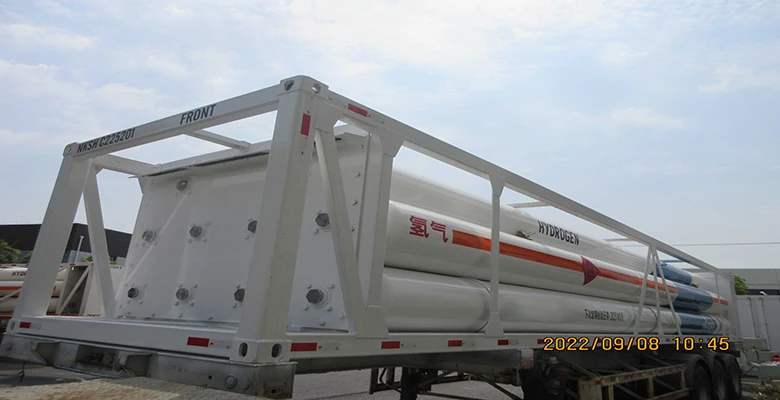
e) Cryogenic Pressure Vessels
Shape: Typically cylindrical or spherical, with advanced insulation systems.
Uses: It’s made to store gases like liquid oxygen (LOX), liquid nitrogen (LN2), and liquefied natural gas (LNG) at very low temperatures.
Benefits: Advanced insulation helps maintain extremely low temperatures, keeping gases in liquid form for high-density storage.
Pressure Vessels by Function
2) Types of Pressure Vessels for Gas Storage by Function:
We can also categorize pressure vessels based on their function or intended use. The primary categories are:
a) Storage Vessels
Function: Designed to store gases at high pressures for extended periods.
Applications: Common in industries such as chemical processing, oil and gas, and medical gases.
Types: Cylindrical pressure vessels, spherical pressure vessels, and cryogenic storage tanks.
b) Transport Vessels
• Function: These pressure vessels, mounted on semitrailers or trucks, transport compressed or liquefied gases over long distances.
• Applications: They are utilized for the transportation of gases such as CNG, hydrogen, and oxygen.
Types: Tube trailers, bullet tanks, and other specialized transport containers.
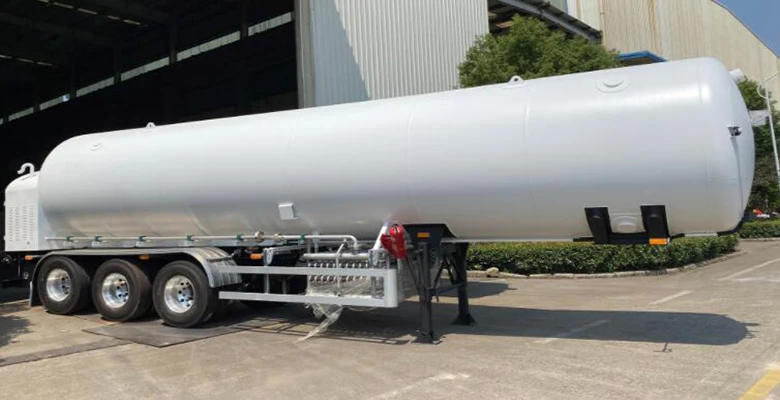
c) Cryogenic Vessels
Function: Specifically designed to store gases in a liquid state at extremely low temperatures (below -150°C).
Applications: Used for storing cryogenic gases such as LNG, LOX, and liquid nitrogen.
Types: Cryogenic storage tanks (both cylindrical and spherical shapes in verticle or horizontal).
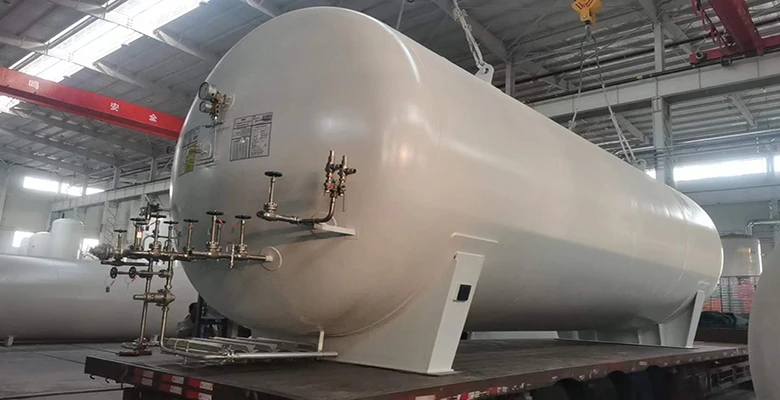
d) Underground storage vessels.
Function: Designed for storing gas underground, maximizing space utilization and ensuring safety.
Applications: Used to store natural gas, LPG, and other fuel gases.
Types: Underground tanks for natural gas and underground LPG storage.
e) Safety and Relief Vessels
• Function: By releasing pressure when it surpasses safe levels, these vessels maintain safety in pressurized environments.
Applications: Used in various industries to ensure safe operation in high-pressure gas systems.
Types: Safety relief valves and pressure relief vessels.
f) Modular or Composite vessels
These vessels are constructed from composite materials such as carbon fiber or fiberglass and are intended for specific applications where strength and weight are critical.
Applications: Widely used in industries such as aerospace and automotive for storing compressed hydrogen or natural gas.
• Types: Composite pressure vessels designed for hydrogen storage and portable systems for natural gas storage.
The purpose of a pressure vessel is to store gases or liquids at a pressure that is significantly higher than the surrounding environment. The design and materials of a pressure vessel are chosen based on its purpose, taking into account things like the size of the vessel, what’s inside it, the working pressure, and how much it can hold. Depending on the substance’s physical properties, the contents of the vessel could be a compressed gas, a vapor over a liquid, a supercritical fluid, or something that is dissolved in a material.
Types of Gases Stored in Pressure Vessels
Pressure vessels are specially designed containers used to safely store gases under high pressure. Each gas requires specific conditions for storage. Below are common gases stored in pressure vessels:
1. Compressed Natural Gas (CNG)
Properties: Primarily methane (CH₄), stored at 3,000–3,600 psi.
Applications: Used as fuel for vehicles and in energy production.
Storage Considerations: Constructed from high-strength steel or composite materials, these vessels are equipped with safety features like pressure relief valves.
2. Liquefied Petroleum Gas (LPG)
Properties: Composed of propane or butane, stored as a liquid under pressure.
Applications: Used for cooking, heating, and automotive fuel.
Storage Considerations: Stored in spherical or cylindrical vessels at pressures of 100–2,000 psi.
3. Hydrogen
Properties: Highly flammable, stored as compressed gas or liquid.
Applications: Used in fuel cells, energy storage, and industrial processes.
Storage Considerations: Requires high-pressure vessels (5,000–10,000 psi) made from hydrogen-resistant materials.
4. Nitrogen (N₂)
Properties: Inert, colorless, and odorless gas, stored at 2,000–3,000 psi.
Applications: Utilized in industrial processes, medical applications, and cryogenic storage.
Storage Considerations: Stored as compressed gas or liquid nitrogen in specialized insulated tanks.
5. Oxygen (O₂)
Properties: Highly reactive, stored at 2,000–3,000 psi.
Applications: Used in medical treatments, industrial applications, and aerospace.
Storage Considerations: Requires strict cleanliness standards and corrosion-resistant materials.
6. Carbon Dioxide (CO₂)
Properties: Colorless, odorless gas, stored at 2,000–3,000 psi or as liquid CO₂.
Applications: Used in food and beverage carbonation, fire suppression, and industrial processes.
Storage Considerations: Stored in steel or composite vessels designed to handle pressure buildup and minimize leakage risks.





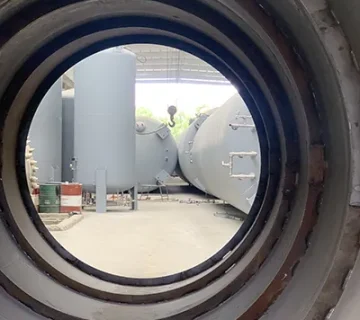

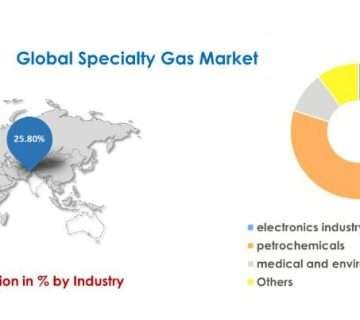
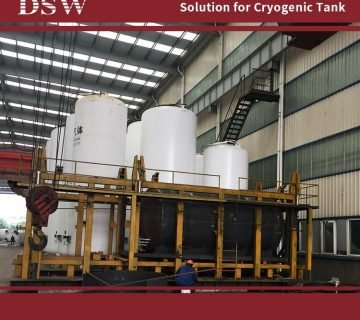
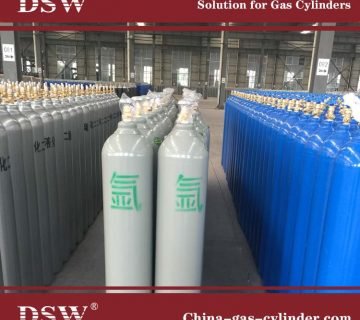

No comment